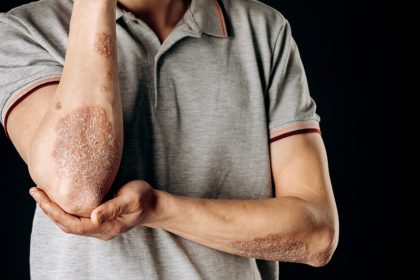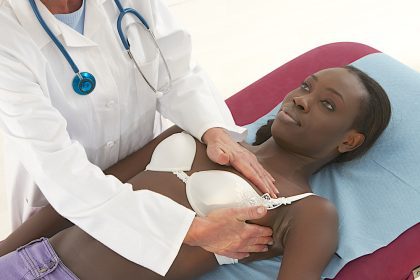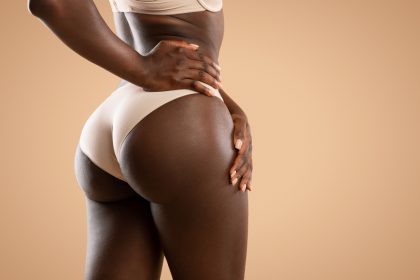You’ve been doing everything right. You’re spending time outdoors, soaking up those precious rays, maybe even ditching the sunscreen for a few minutes to let your skin do its vitamin D magic. But then your blood test comes back and boom, you’re still vitamin D deficient. What gives? It’s like your body is playing some cruel joke where the most natural source of this essential vitamin just isn’t working for you.
The truth is that making vitamin D from sunlight is way more complicated than just stepping outside and hoping for the best. Your body has to perform a complex biochemical dance that involves your skin, liver, kidneys, and a whole bunch of factors that can throw a wrench in the works. It’s like trying to bake a perfect cake where dozens of variables need to align just right, and if any one of them is off, you end up with a vitamin D disaster.
What’s really frustrating is that vitamin D deficiency has become incredibly common, affecting nearly half of all adults, even those living in sunny climates. It’s not just people in cloudy northern cities who are struggling with this. People in Florida, California, and Arizona are walking around with low vitamin D levels despite living in what should be vitamin D paradise.
The problem is that we’ve been oversimplifying how vitamin D production actually works. We’ve been told that a little sun exposure equals healthy vitamin D levels, but the reality is much more nuanced and depends on factors you probably never even considered.
Your skin’s vitamin D factory isn’t working properly
Think of your skin as a vitamin D manufacturing plant that needs very specific conditions to operate efficiently. The process starts when UVB rays from the sun hit a cholesterol compound in your skin and convert it into pre vitamin D3. Sounds simple enough, right? But here’s where things get complicated.
Your skin’s ability to produce vitamin D depends heavily on the amount of melanin you have. Melanin is the pigment that gives your skin its color and acts like natural sunscreen, protecting you from UV damage. But this same protective mechanism can significantly reduce your skin’s vitamin D production capacity.
If you have darker skin, you need significantly more sun exposure to produce the same amount of vitamin D as someone with lighter skin. It’s like trying to charge your phone through a tinted window versus clear glass. The protection that keeps you from burning also blocks the rays your skin needs to make vitamin D effectively.
But even people with fair skin can struggle with vitamin D production. As you age, your skin becomes less efficient at converting sunlight into vitamin D. It’s like having a factory where the machinery gets slower and less productive over time. A 70 year old produces about 25% less vitamin D from the same amount of sun exposure compared to a 20 year old.
Your geographic location plays a huge role too. If you live above 37 degrees north latitude, which includes most of the northern United States, your skin can’t make vitamin D from sunlight during the winter months no matter how much time you spend outside. The sun’s angle is too low, and the UVB rays get filtered out by the atmosphere before they reach your skin.
The sunscreen dilemma nobody talks about
Here’s where things get really tricky. You know you’re supposed to wear sunscreen to protect against skin cancer, but sunscreen with SPF 15 or higher blocks about 93% of UVB rays, which are exactly the rays your skin needs to make vitamin D. It’s like trying to get a tan while wearing a thick winter coat.
This creates an impossible situation where you’re caught between protecting your skin from cancer and allowing your body to produce an essential vitamin. Many people try to solve this by spending short periods in the sun without sunscreen, but even this approach has problems.
The amount of unprotected sun exposure needed to produce adequate vitamin D varies enormously based on your skin type, location, time of day, and season. What might be enough for one person could be completely inadequate for another, or worse, could lead to dangerous sunburn and increased skin cancer risk.
Even if you manage to get some unprotected sun exposure, other factors can interfere with vitamin D production. Air pollution, cloud cover, and even being behind glass windows can block the UVB rays your skin needs. You could be sitting by a sunny window all day and not produce any vitamin D at all.
Your body is sabotaging its own vitamin D production
Even if your skin manages to produce some vitamin D from sun exposure, your body still has to convert it into the active form that can actually be used. This involves your liver and kidneys working together in a complex process that can be disrupted by various health conditions.
If you have liver disease, kidney problems, or certain genetic variations, your body might not be able to convert the vitamin D your skin produces into the active hormone form your body needs. It’s like having all the raw materials for a recipe but missing the crucial cooking steps that make it edible.
Obesity can also interfere with vitamin D metabolism. Fat tissue actually sequesters vitamin D, making it less available for your body to use. The more body fat you have, the more vitamin D gets trapped and becomes essentially useless. It’s like having money in a bank account that you can’t access.
Certain medications can also mess with vitamin D production and metabolism. Some cholesterol lowering drugs, anticonvulsants, and even some weight loss medications can interfere with how your body processes vitamin D, even if you’re getting adequate sun exposure.
The timing and intensity factors you’re probably ignoring
The time of day you get sun exposure makes a huge difference in vitamin D production. The optimal time is between 10 AM and 2 PM when the sun is highest in the sky and UVB rays are most intense. Getting sun exposure in the early morning or late afternoon is pretty much useless for vitamin D production because the UVB rays are too weak.
But here’s the catch, this is also when the sun is most dangerous for causing skin damage. The same intense rays that are best for vitamin D production are also the ones most likely to cause sunburn and increase skin cancer risk. It’s like the universe designed the perfect lose lose situation.
The amount of skin you expose also matters more than you might think. Exposing just your face and hands provides minimal vitamin D production compared to exposing larger areas like your arms, legs, and torso. But exposing more skin also increases your risk of sun damage, creating another difficult balance to maintain.
Weather conditions affect vitamin D production in ways that aren’t immediately obvious. Even on cloudy days, you might think you’re getting some UV exposure, but clouds can block up to 90% of UVB rays. Similarly, being at higher altitudes increases UV exposure, while being in polluted areas decreases it significantly.
Why supplements might be your best bet
Given all the complications with getting vitamin D from sun exposure, supplements often provide a more reliable and safer way to maintain adequate levels. Vitamin D3 supplements bypass all the skin production complications and go straight to your bloodstream where they can be converted to the active form.
The recommended daily amount of vitamin D has been debated extensively, but most experts now suggest that many people need significantly more than the official recommendations to maintain optimal blood levels. It’s like the difference between getting enough to prevent disease versus getting enough to actually thrive.
Vitamin D supplements also allow you to maintain consistent levels year round, regardless of weather, season, or how much time you can spend outdoors. This consistency is particularly important for people living in northern climates where seasonal vitamin D deficiency is almost inevitable.
Getting your levels tested changes everything
The only way to really know if your vitamin D strategies are working is to get your blood levels tested regularly. The test measures 25 hydroxyvitamin D, which reflects your total vitamin D status from all sources including sun exposure, diet, and supplements.
Most experts recommend maintaining blood levels between 30 and 50 ng/mL, though some suggest even higher levels for optimal health. Getting tested allows you to adjust your approach based on actual results rather than guessing whether your sun exposure or supplement routine is adequate.
Regular testing becomes especially important if you’re trying to rely on sun exposure for vitamin D because so many factors can interfere with production. What worked in summer might be completely inadequate in winter, and what works for your friend might not work for you at all given differences in skin type, location, and lifestyle.
















